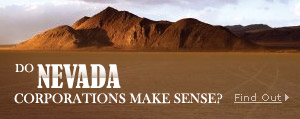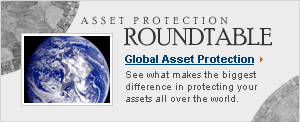Captive Insurance Companies
Click here for a brief PowerPoint Presentation on Captive Insurance Companies
Plan Comparison |
Retail Insurance |
Self Insurance |
Captive Insurance |
Lower Insurance Cost |
No |
Yes |
Yes |
Provides Protection from Risk |
Yes |
No |
Yes |
Tax Deductible Premiums |
Yes |
No |
Yes |
Policy Design Flexibility |
Yes |
Yes |
Yes |
Control Claims |
No |
No |
Yes |
The principal advantages of captive insurance are:
• Flexibility in policy design, premium payment timing, and claims handling matters
• Access to the reinsurance market not normally accessible to non-insurance entities
• Participation in underwriting profits
• Accrual of investment income on outstanding claims
• Improved risk management and retention
• Cost stabilization
• Provision of covers unavailable or overpriced on the conventional market
• Detailed investigations must be made on a case by case basis, in order to match the best risk management strategies and facilities with the requirements of the group concerned.
The process of making a claim from a third party insurer can be long and can involve a good deal of cost for the claimant. Where the insurer is a captive, the claims handling procedures can be dictated by management, cutting down on the delays and bureaucracy that are often a necessary part of the claims handling procedures of commercial insurers.
The group's risks can be limited by the purchase of insurance above the limits provided by the captive or through the purchase of reinsurance for the captive. A captive may, subject to regulatory permits, offer cover for almost any type of insurable risk and may insure every risk of a corporate group or confine itself to certain categories of risk.
When the market is soft, captive companies can take advantage of the lower rates by reinsuring a relatively large proportion of its risks. The low cost of reinsurance allows the captive to build its reserve base. When the market hardens, the captive is able to retain a larger proportion of its risks, and can maintain cover for its parent even when commercial insurance is unavailable or prohibitively expensive.
If you would like more information of Captive Insurance Companies, contact [email protected]

BUSINESS PLANNING

EDUCATION PRODUCTS

Asset Protecion Training
If you are looking for the most important concepts in Asset Protection, this is where to start! If you need to talk intelligently about protecting your net worth or you are a professional this online training program is for you!

Free Asset Protecion Course
Get our Free Online Asset Protection Video Course.
Learn how to protect yourself like the pros!


Asset Protection in a Nutshell
Clear, concise and straight forward, this e-Book will help you make sound decisions with your business and personal assets..

Protecting Assets - 70+ Video Lessons + 3 Ebooks
This e-course will give you straight forward asset protection advice you can implement now. One of the best asset protection courses available! Includes 70+ video lessons, 3 Ebooks, and 6 example legal documents!

Advanced Estate Planner
The key to a solid Asset Protection Plan is the Estate Plan. This downloadable estate organizer will help you keep track of important information about your assets and important legal documents all in one place.

















